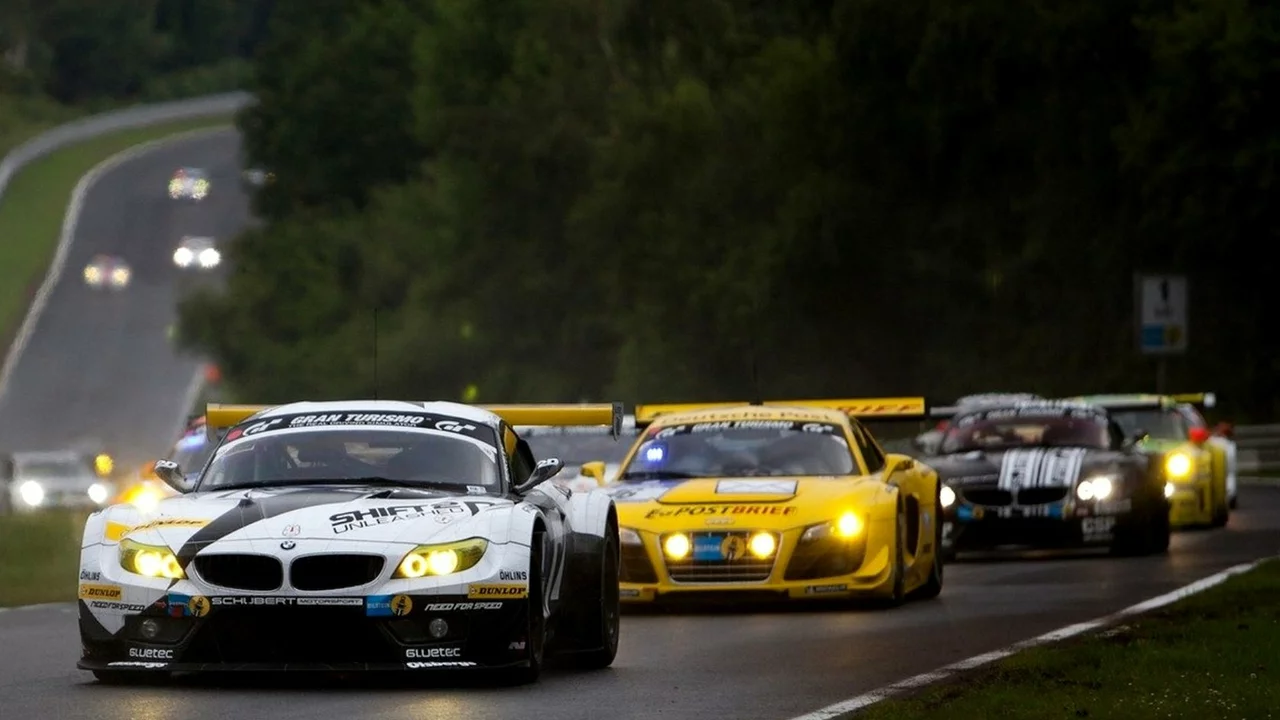
Understanding the Intricacies of Car Racing
Car racing is not as simple as it seems. It's not just about the fastest car or the most skilled driver. There are numerous elements that come into play, and understanding these can greatly enhance your appreciation of the sport. The beginning of a race, in particular, involves several key components that many people overlook. In this section, I will delve into the intricacies of car racing and explain why the start of a race is so crucial.
The Importance of the Starting Line
The starting line is where all the action begins. This is not just a physical location on the track; it's a moment of high tension and excitement. Drivers are revving their engines, spectators are holding their breath, and the air is thick with anticipation. The start of a race can set the tone for the rest of the event, and it's a moment that can make or break a driver's chances of winning. So, let's take a closer look at what happens at the starting line.
The Role of the Starter
The start of a car race is signaled by a person known as the starter. This individual has the crucial job of ensuring that all drivers begin the race at the same time. The starter does this by waving a green flag, which is the universally recognized signal for "go". But the role of the starter extends beyond just waving a flag. They also ensure that all drivers are in their correct positions and that the track is clear and safe for racing.
The Significance of the Green Flag
The green flag is more than just a piece of cloth; it's a symbol that carries a lot of significance in car racing. When the green flag is waved, it signals the official start of the race. But it also represents a moment of transition from the calm before the storm to the high-speed action of the race. The sight of the green flag being waved is a thrilling moment for both drivers and spectators alike.
The Intensity of the First Lap
The first lap of a car race is often the most intense. This is when drivers are jostling for position, trying to gain an early advantage over their competitors. The first lap can often be chaotic, with cars vying for the same space and drivers pushing their vehicles to the limit. But it's also a test of skill and strategy, as drivers must balance the need for speed with the need to avoid crashes and conserve their cars for the rest of the race.
The Strategy Behind the Start
There's a lot of strategy involved in the start of a car race. Drivers must decide whether to go all out and try to take the lead early, or whether to hang back and save their energy for later. They must also factor in the conditions of the track and the capabilities of their car. The start of a race is a time for quick thinking and decision making, and the choices made in these crucial moments can have a big impact on the outcome of the race.
Dealing with Adrenaline and Nerves
The start of a car race is also a test of a driver's ability to handle pressure. With adrenaline pumping and nerves on edge, it can be hard to stay focused and make the right decisions. But this is exactly what the best drivers are able to do. They use their nerves to fuel their performance, channeling their adrenaline into a sharper focus and a greater drive to win.
Conclusion: The Excitement of the Start
In conclusion, the start of a car race is a moment of high drama and excitement. From the tension at the starting line, to the strategy and nerves involved, to the thrill of the green flag being waved, it's a moment that encapsulates the essence of car racing. So next time you watch a car race, pay close attention to the start. You'll gain a whole new appreciation for the skill and strategy involved in this thrilling sport.




